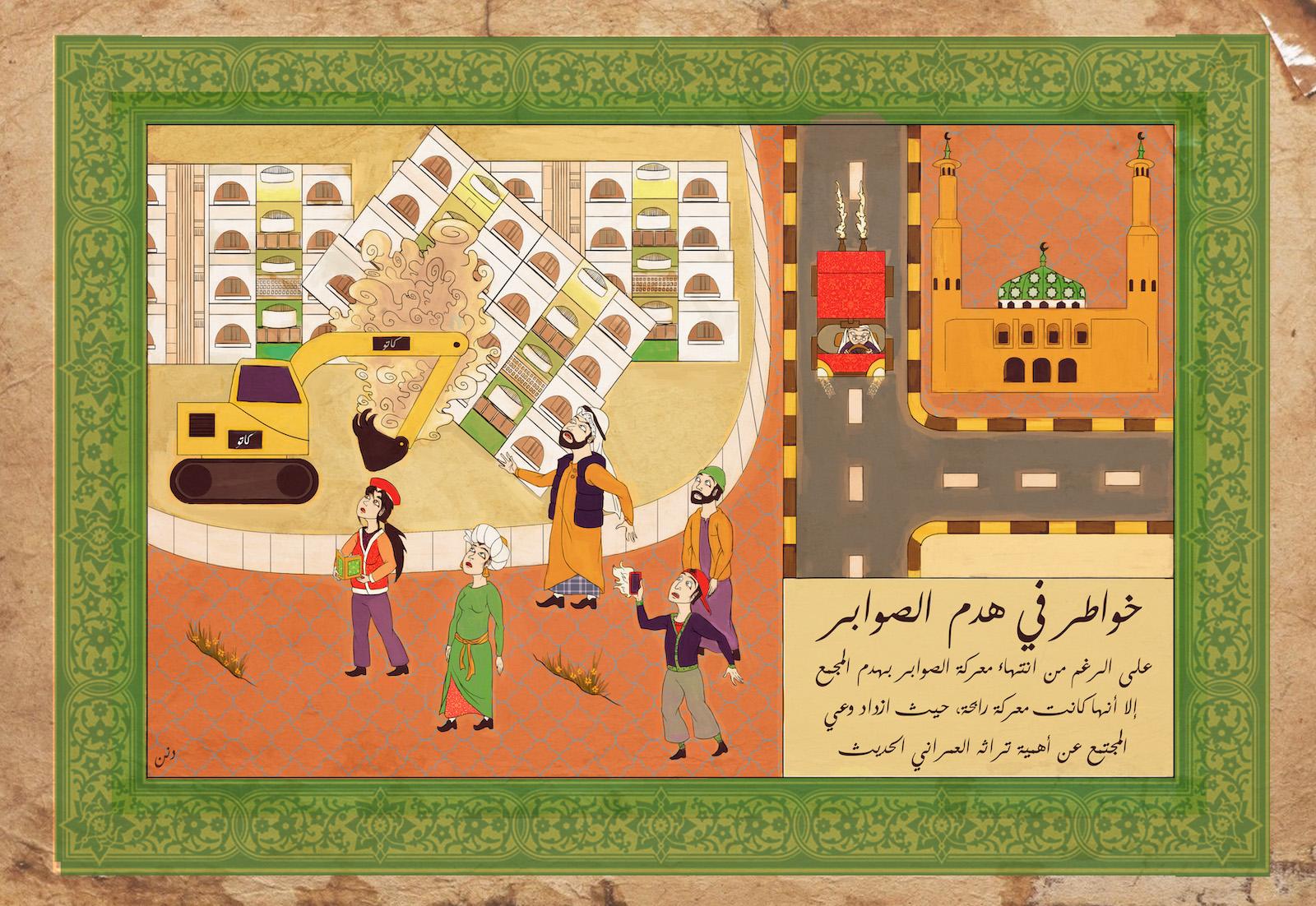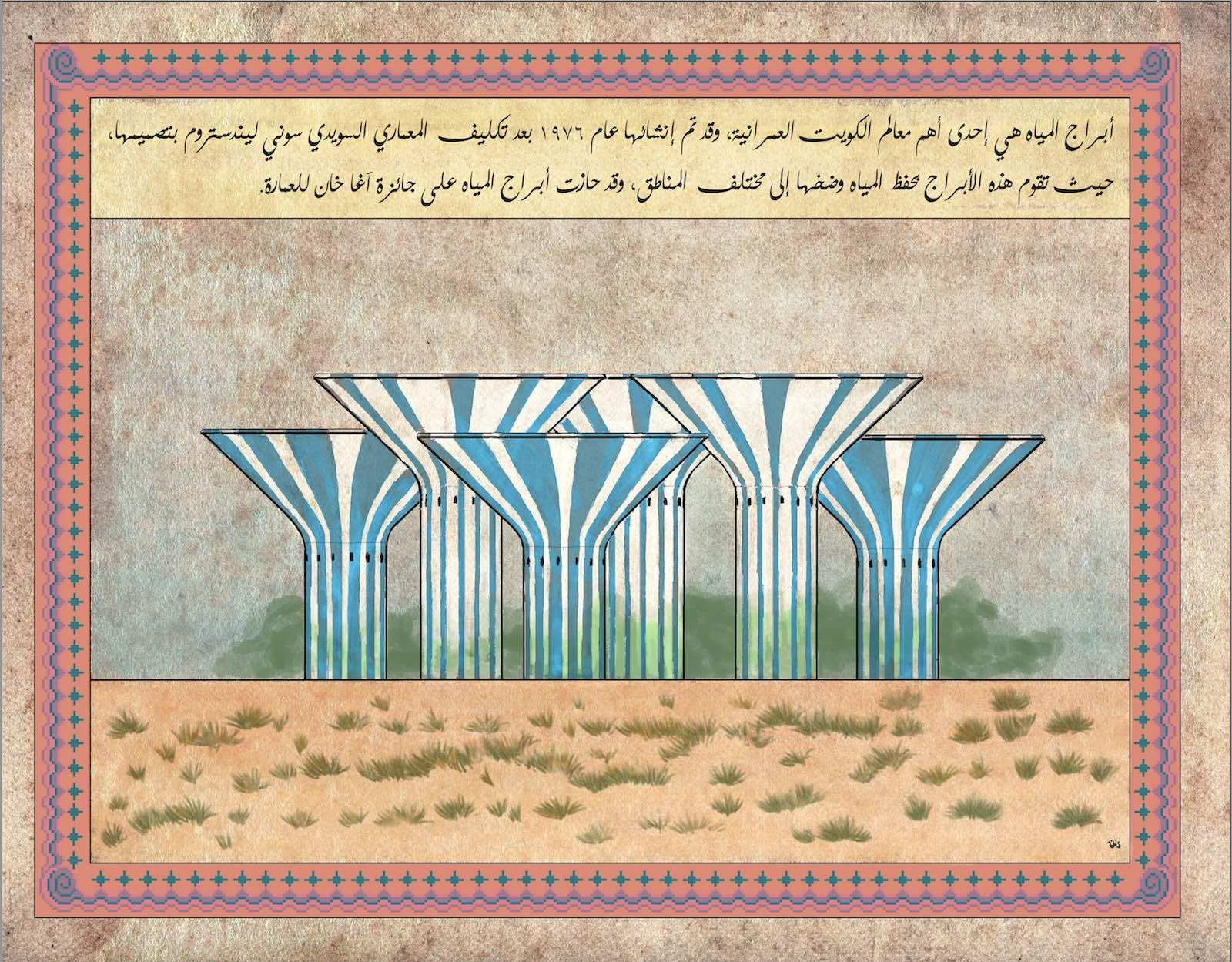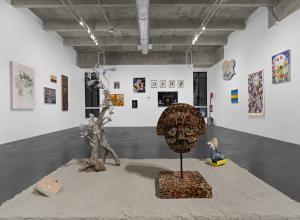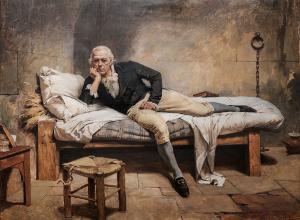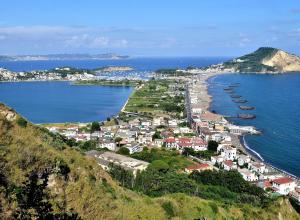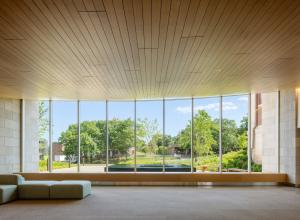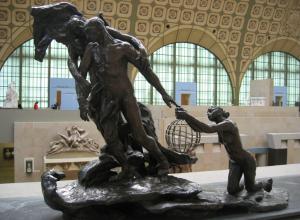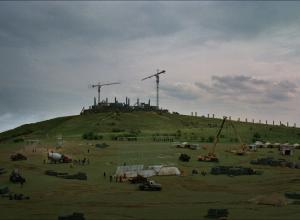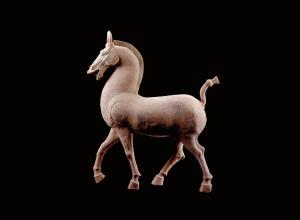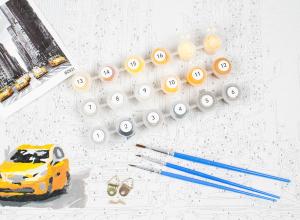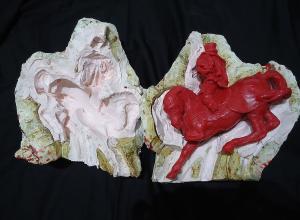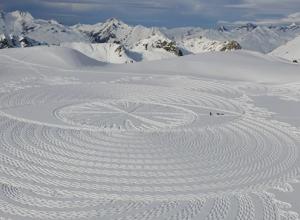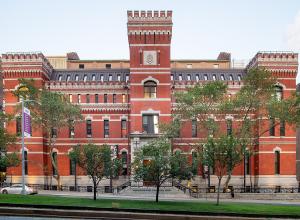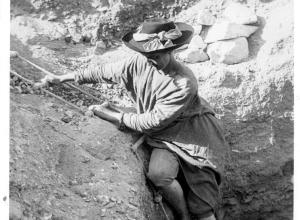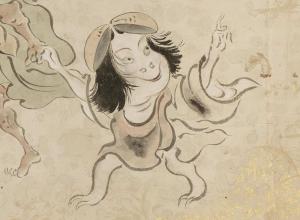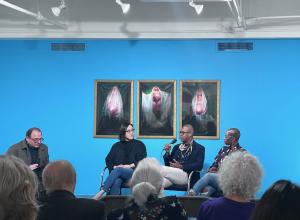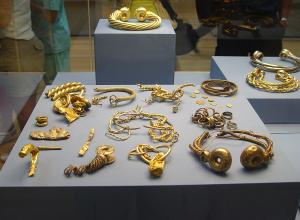The Arab Gulf State experienced a significant economic boom in the middle of the 20th century that transformed it into a modern nation-state. To reflect this historic transformation, the country commissioned international architects to design iconic buildings such as the Kuwait Water Towers and the Kuwait Towers, in addition to other structures. However, this quest for modernization has not ceased since, and the cost has been the loss of buildings that showcase the country’s architectural heritage and identity, which has led activists, lawyers, and architecture enthusiasts in Kuwait to protest these demolishments both on the ground and on social media. In turn, Al Rashid has used her architectural and artistic skills to express her perspective on these demolishments and to raise awareness about the need to preserve buildings, homes, and structures of value .“I like to use my artwork the same way as I use my journalism and writing: to voice my -often unpopular- opinion and illustrate an alternative narrative,” she says. And her work has caught the attention of others. Shortly before the Kuwait Ice Rink was closed to the public and demolished, for example, Al Rashid’s The Last Skate was circulated on social media.
What has made Al Rashid’s work noteworthy is not only its important subject matter, but also its style, which forms a contemporary twist on the historic Islamic miniature art style “Choosing a historic style that may awaken memory and a sense of identity seemed like the logical thing to do,” Al Rashid notes when she explains why she choose this particular style of art for the works showcased in this exhibition. “But to be honest with you, the process was a lot more natural than that; I simply just ‘did it’ intuitively.” Al Rashid also incorporates characters from different eras in her digital paintings and animations, such as the those from the Saffavid Era and the Ottoman Era, to create rich dialogues that cross time and space.




